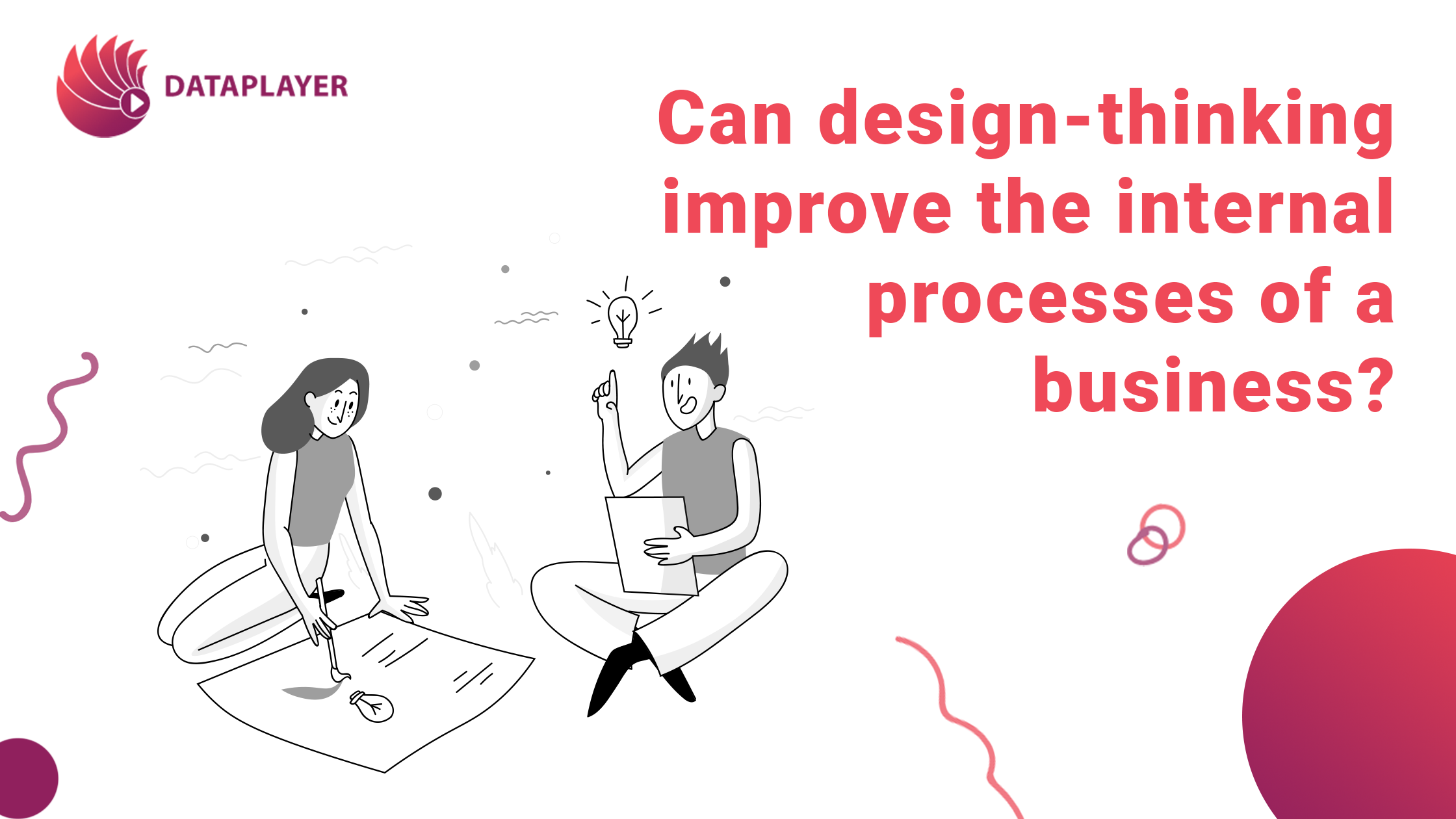Can design-thinking improve the internal processes of a business?
In case you are wondering, the short answer is, yes, it can. The in-depth analysis on how the problem-solving framework “design-thinking” achieves that through a complex journey, will be explained further below.
Its popularity and overall prominence in the ecosystem of innovation are extensive, to say the least. However, despite the present momentum in business articles and the media, design thinking as an approach has its roots and origin in prior years.
Meet the orchestrators of the approach thousands of brands and companies are using nowadays in order to flourish:

Developing creativity techniques in the 1950s and new design methods in the 1960s led to the idea of design thinking as a particular approach to creatively solving problems. Among the first authors to write about design thinking were John E. Arnold in “Creative Engineering” (1959) and L. Bruce Archer in “Systematic Method for Designers” (1965).
What does it revolve around? Us humans, our desires, needs, and overall mindset.
The components of the process:

Because design thinking is iterative, intermediate “solutions” can also be viewed as potential starting points for other possible paths. This can help in redefining the initial problem or even looking at it from a different perspective.
Empathy and sensitivity drive success.
Besides being an important pillar in building this methodology, empathy is vital in other steps of growing a business as well. Positive engagement on all company levels will lead to productivity and success. When managers or team leaders approach staff with open dialogue, understanding and a willingness to offer help, staff are more likely to respond with mutual willingness.
It is collaborative and holistic.
There is definitely a need to establish a culture that encourages creativity and collaboration (by bringing group members with different backgrounds and specializations to work together to solve problems).
When we choose from a large number of ideas, we will choose better.-Bill Burnett, Executive Director of the Design Program at Stanford University
Collaboration is not only important, but it’s demanded. Emergencies of the moment can end up taking up 100% of one’s energy, but when you are supported by a firm backbone, they get easier to manage each and every time.
Its the perfect correlation with agility.
Agility plays a vital role in the capacity of an organization to outperform the competition by adapting faster to market conditions or by creating those conditions. In order to allow that adoption process to take place, a business requires design thinking. Despite the many other approaches to building agility, this framework becomes fundamental for its simplicity and the natural way to implement it.
Both of them break them down complex problems into more manageable chunks and get accustomed to the present conditions.
Overall, design thinking contributes in nurturing innovation and creativity within a business. The improvement of internal processes comes as a chain effect thanks to the enhancement of your mindset in each task and product delivered.






